Join us at AGG1, St Louis, MO - America's Center Convention Complex: 25-27 March
Did you know the total cost of work injuries worldwide is $167.0 billion a year in the US? Keeping employees safe is a high priority in heavy industries, but there is one more thing equally important that you need to fix. Your carbon footprint. What if there was a way to increase well-being at work and reduce CO2 emissions at the same time? Learn how to successfully align your most crucial policies using a HSEQ framework.
In this article we’ll cover:
- Key strategies for integrating sustainability into your HSEQ management
- Integrating sustainability into your health and safety policies
- Eco-friendly workplace safety practices
- Sustainable Ergonomics and workplace design
- Health and safety training with a sustainability focus
- Monitoring & Reporting
- Using CheckProof’s HSEQ Management system
- Improve sustainability through helpful health and safety routines
Key strategies for integrating sustainability into your HSEQ management
Implementing effective HSEQ practices is a must if you aim to enhance your organization’s sustainability work.
Here are some key strategies for you to consider:
Integrating sustainability into your health and safety policies
To work with these projects efficiently, aligning sustainability with your health and safety policies is essential. By integrating sustainability goals within your safety protocols, you’ll ensure your operations are both safe and environmentally responsible. Safety policies can include:
- Guidelines for reducing waste
- Promoting energy efficiency
- Handling hazardous materials safely
Regular training on environmental health and safety (EHS) standards helps your employees understand the importance of sustainability in their day-to-day tasks. This integration protects workers and supports corporate sustainability objectives, enabling a safer, more eco-friendly workplace.
Eco-friendly workplace safety practices
Implementing eco-friendly workplace safety practices enhances safety and benefits the environment. What can this look like in practice? For example, you can switch to greener alternatives for cleaning agents and industrial processes to reduce chemical use. This minimizes exposure risks for employees while reducing environmental pollution.
Another option is to promote robust recycling programs to manage industrial waste more efficiently.
Sustainable ergonomics and workplace design
Ergonomics are also important in achieving a healthier work environment and contributing to overall sustainability. Optimizing workplace assets can lower energy use and enhance long-term health.
Furniture
Investing in ergonomic furniture, such as chairs and adjustable workstations, improves comfort and reduces the risk of musculoskeletal disorders, supporting good posture and productivity. Choose materials that are eco-friendly and repair instead of replacing.
Lighting
Utilizing energy-efficient lighting, like LED lights and motion sensors, significantly reduces energy consumption. According to the U.S. Department of Energy, LED lights use at least 75% less energy and last 25 times longer than incandescent lighting. Lighting at work can also impact how you sleep at night – thoughtful use can therefore have several advantages.
These practices create a healthier work environment and contribute to sustainability by reducing energy use and promoting long-term health.
Noise Pollution
Noise pollution at sites can threaten staff health and hearing as well as animals and biodiversity in the surrounding environment. Investing in low-noise machinery, protective hearing equipment, installing proper barriers all contribute to minimizing noise pollution.
Health and safety training with a sustainability focus
Encourage a culture of environmental responsibility by integrating sustainability into your health and safety training programs. Your training sessions should emphasize the importance of sustainable practices, such as proper waste disposal, energy conservation, the use of eco-friendly materials and minimize idling to reduce fuel consumption. Educate your workforce on how their actions impact both workplace safety and the environment. For example, training on the correct handling and disposal of hazardous materials can prevent environmental contamination and ensure regulatory compliance.
Monitoring and Reporting
Make sure you’re on the right path by tracking the environmental impact of your health and safety initiatives. Use an HSE Management System like CheckProof’s to ensure that routines and procedures comply with relevant legislation.
Using CheckProof’s HSEQ Management System
CheckProof’s HSE and Quality solutions allow you to:
- Create customized checklists and log every completed task with full documentation to succeed with the integration of HSE and sustainability policies in the day-to-day.
- Ensure compliance and provide transparency for internal stakeholders and external auditors to measure, monitor and evaluate your organization’s performance.
- Collect real-time data – monitor and report detailed HSE and sustainability metrics to identify patterns and optimize operations.
Improve sustainability through helpful health and safety routines
Achieving sustainability in the workplace goes hand in hand with robust health and safety practices. Key strategies include:
- Integrating sustainability into your policies to ensure safety protocols are environmentally responsible.
- Reducing the use of chemicals and promoting recycling.
- Investing in ergonomic and efficient design by using functional furniture and energy-efficient lighting.
- Educating employees on sustainable practices and encourage a culture of environmental responsibility.
- Tracking your environmental impact using platforms like CheckProof.
Ready to implement a successful strategy? Learn how, with our comprehensive HSEQ article which includes:
5 key elements of HSE management – and how to get them right
Want to know what CheckProof can do for you?
CheckProof's easy-to-use app makes it easier to do the right thing at the right time. Discover how you can run world-class maintenance that is both cost-effective and sustainable.

Maximize Efficiency with an OEE Monitoring System
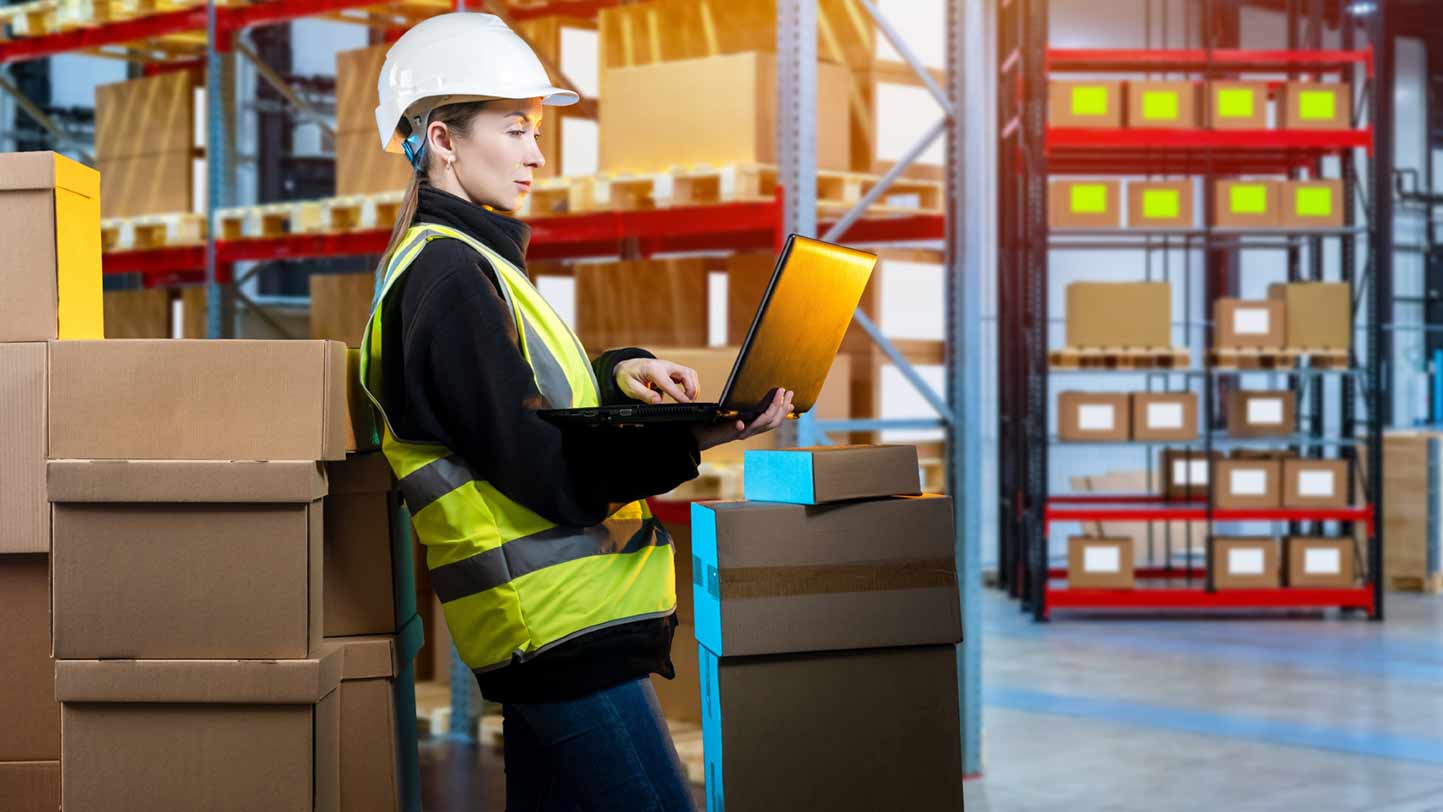
Plant Asset Management Software:Maximizing Equipment Uptime
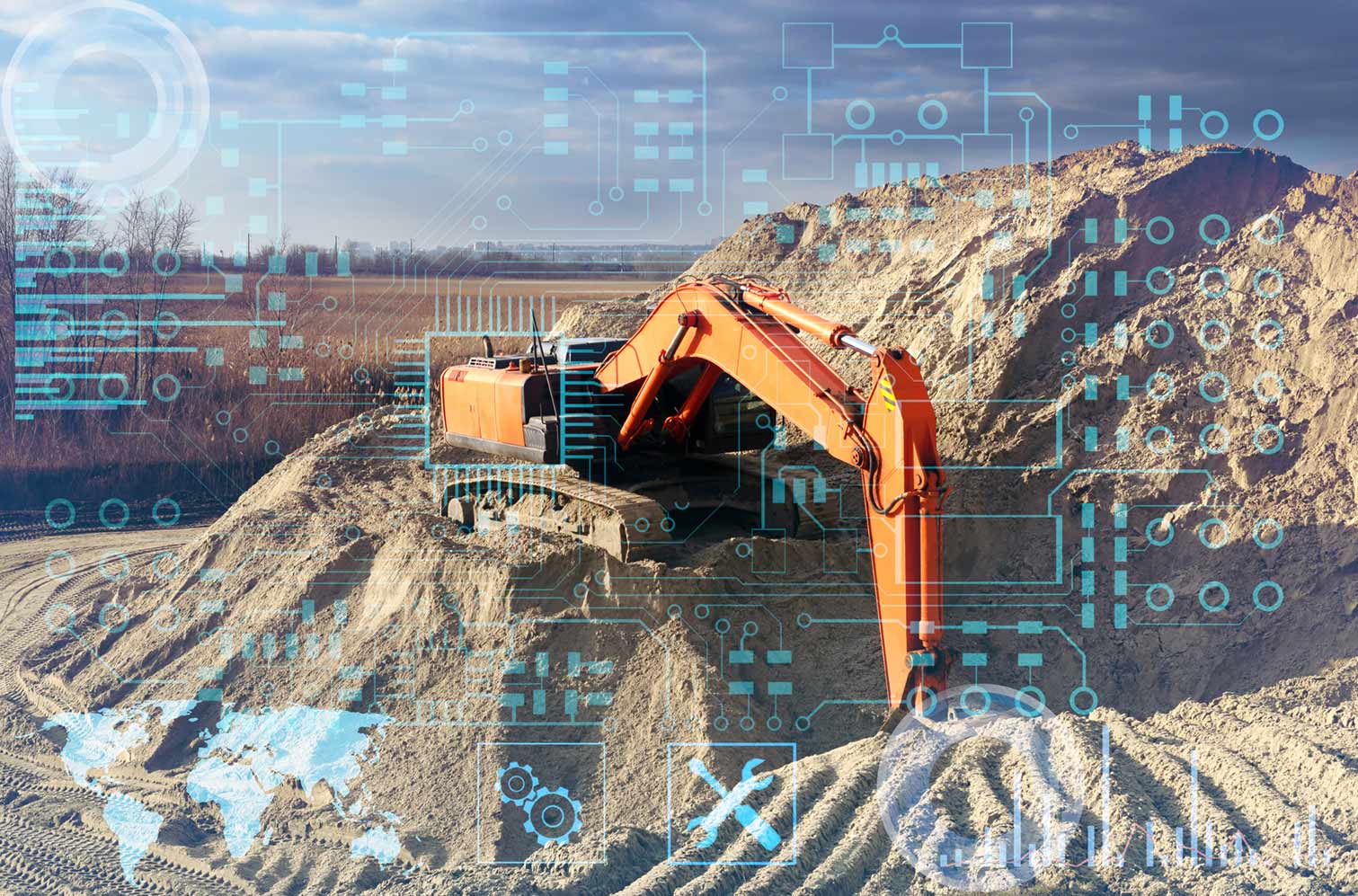
Machine Downtime Tracking: The key to smarter, more efficient operations

CMMS Software: What it is and why it’s key to First-Class Maintenance Operations
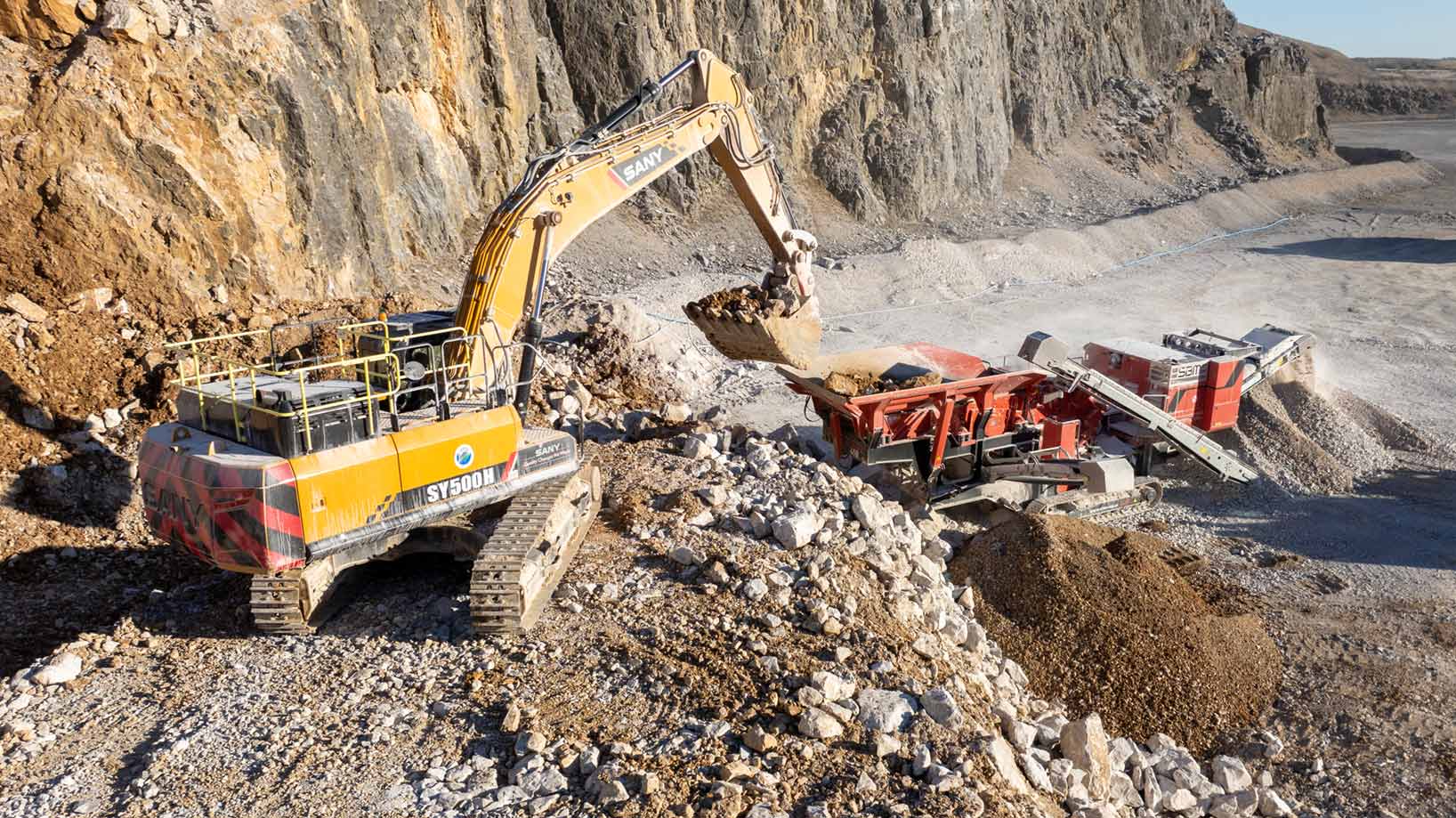
Revolutionizing Compliance: Banner Contracts on managing ISO audits with CheckProof

Implementation of Digital Systems: Rolling Out CheckProof Across Teams
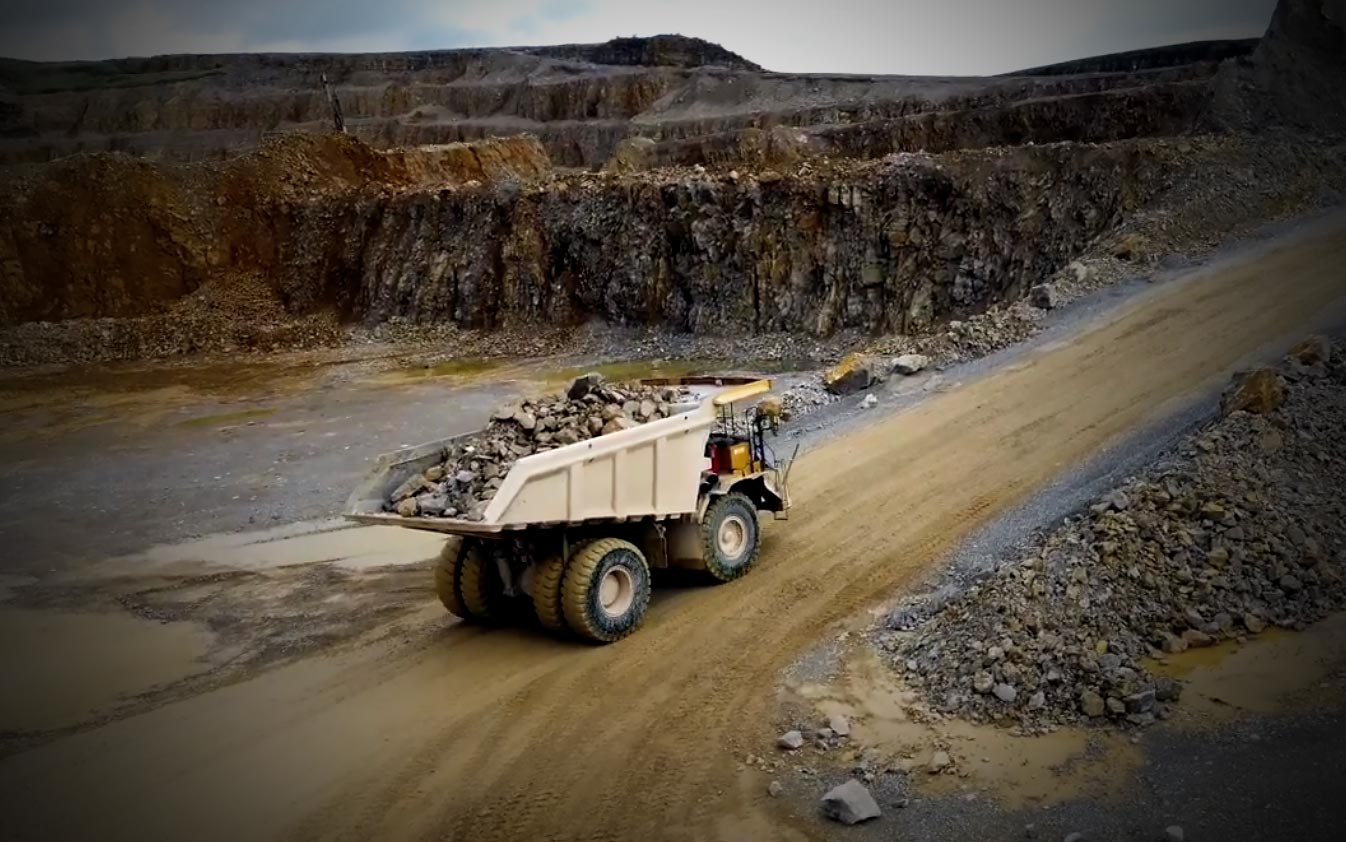
From Fuel Savings to Production Gains: Cemex Germany’s Wins with CheckProof

A Recap of the CheckProof Industry Event & 10th Anniversary Celebration
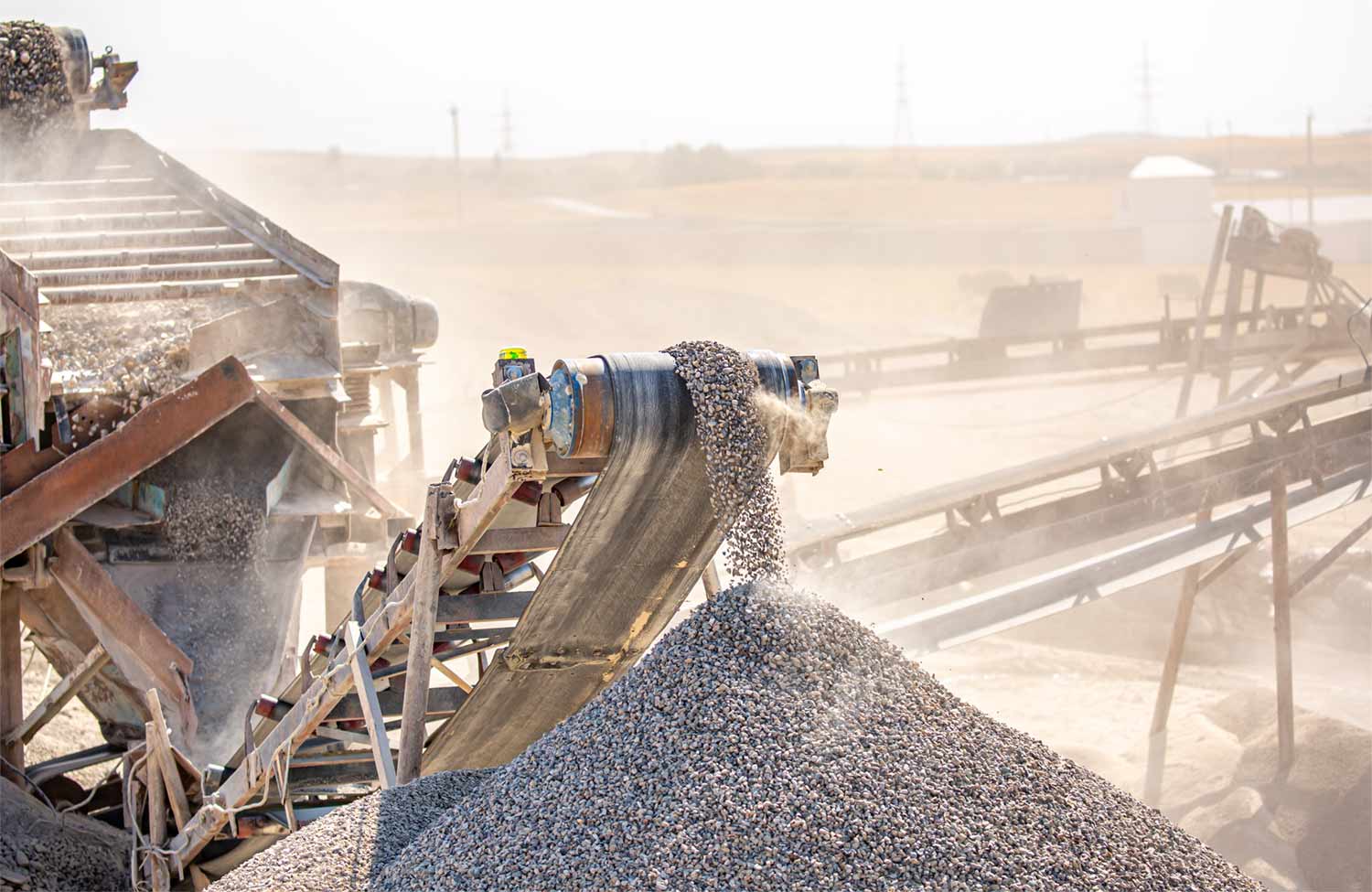
Trend Report: Key moments in the Construction Materials industry (2014–2024)




